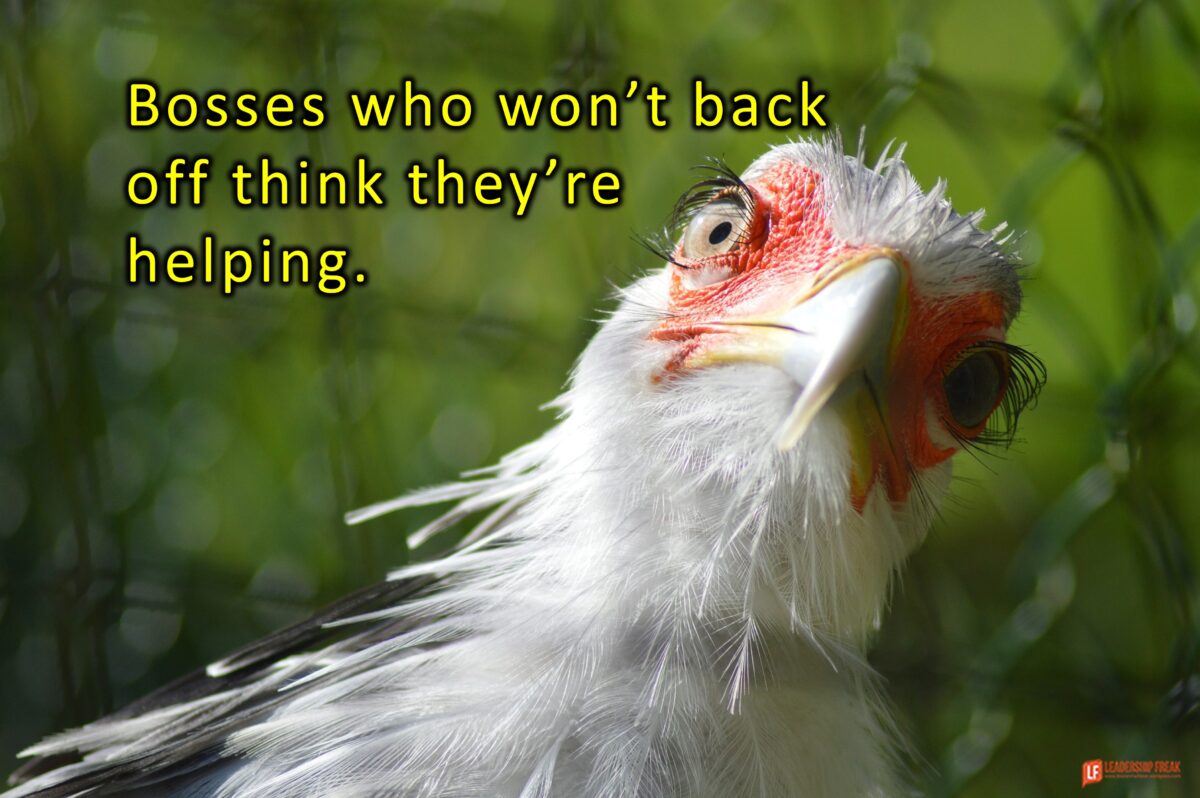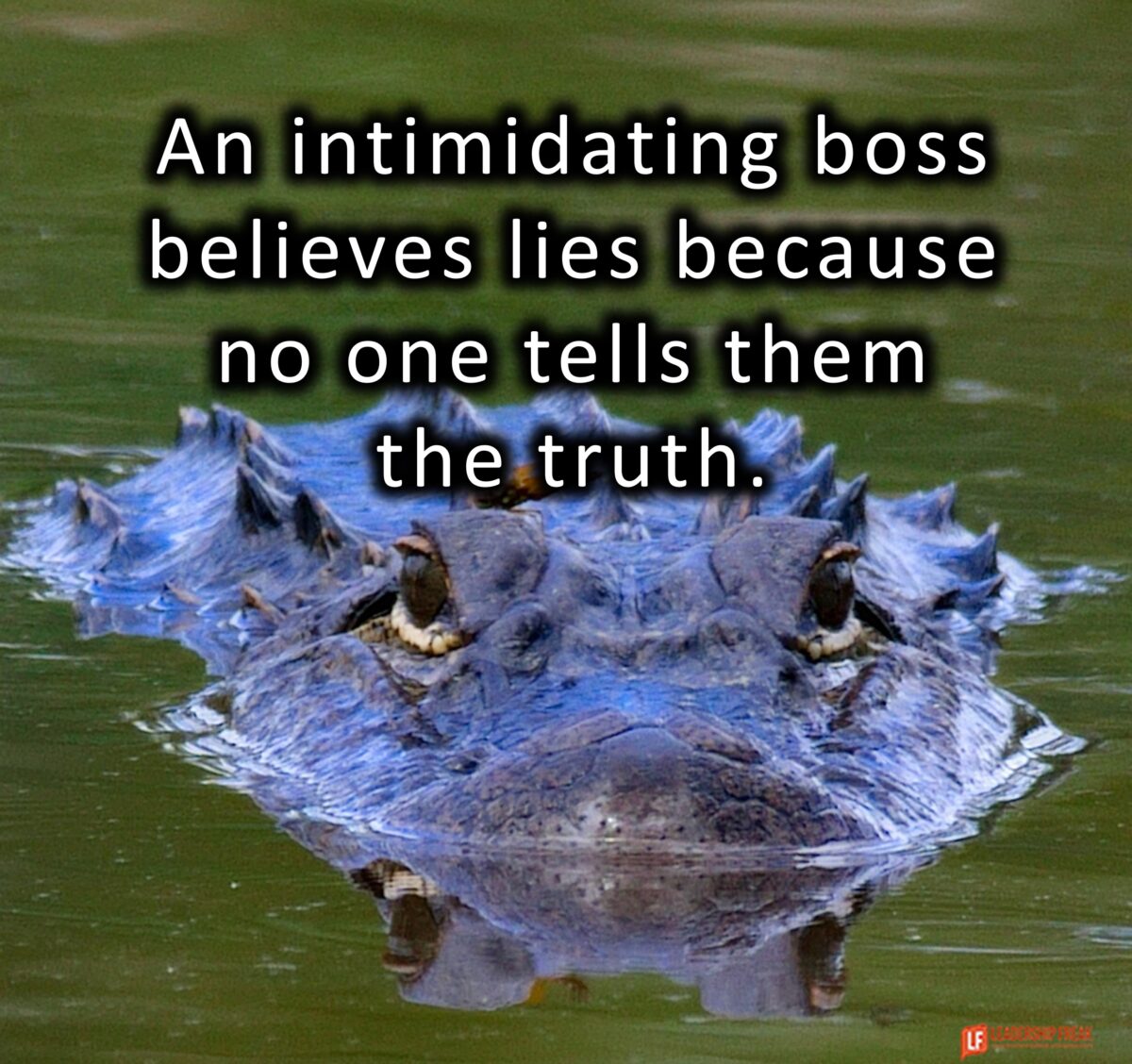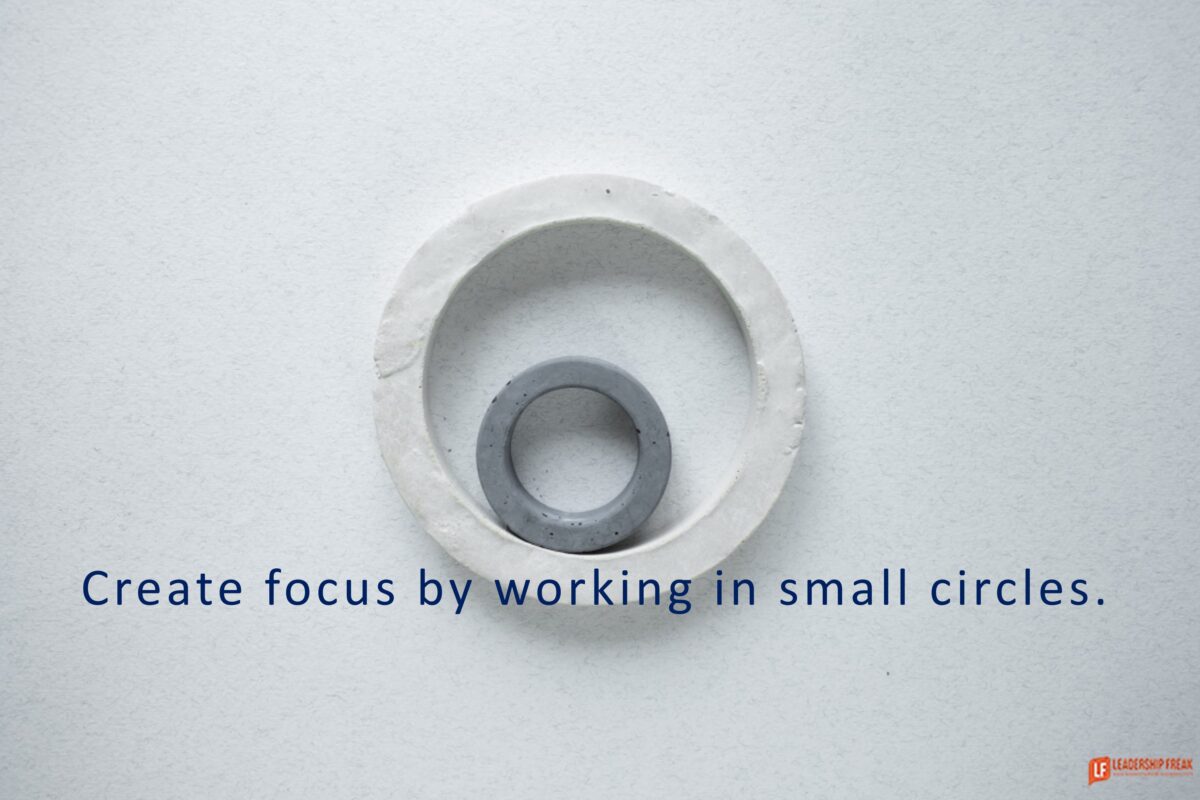How to Tell Your Boss to Back Off
Before you ask the boss to back off:
Do exceptional work every time.
Don’t think about more autonomy if you’re doing below average work. Don’t ask your boss to back off if you drop the ball 15% of the time.
Assume the best.
Your boss wants you to do great work. If you’re fortunate your boss wants to be helpful. He believes he’s being helpful.
Image by martinnlp90 from Pixabay
Clarify expectations.
What are your primary responsibilities? What are your boss’s primary responsibilities. Discuss overlaps.
Be proactive.
Get your boss to back off by giving her what she wants before she asks. For example, send status updates before she gets nosey.
When your boss doesn’t back off:
Confirm good performance. Are you as good as you think? If so, keep pressing.
Ask if your boss thinks you need help?
Explain impact:
How it feels:
Tell your boss how it feels to have her up in your business every day. Be kind. Speak for yourself. Avoid any accusation. Just say what it feels like. It’s best to avoid words like “frustrating”. Say you wonder if she thinks you’re incompetent.
Your boss wants to support you. Only an idiot-boss wants competent people to feel incompetent. Press the issue gently.
Ask for autonomy:
Ask if there is something you can do to earn a little more autonomy? Don’t apologize for your request. Don’t demand the answer you want.
Discuss what autonomy looks like.
Be sure to clarify definitions. If you ask for more control, explain what control means to you. If you ask for more autonomy, explain what self-management looks like. Give examples.
Tip: Don’t use the expression, “back off”. It’s OK for me to write it. You should use gentler language.
How can people get the boss to back off?
Still curious:
5 Ways to Take Ownership at Work
How Managers Get in the Way – Leadership Freak
How to Tell Your Boss to Stop Doing Your Job (hbr.org)
“I got to the end and went back to the beginning and read it again.” Reader’s comment after finishing our new book, The Vagrant: The Inner Journey of Leadership.
Order The Vagrant:
Like this:
Like Loading…



















 ]]> {{{ ( data.maybeFilterHTML() === ‘true’ ) ? _.escape( data.label ) : data.label }}} ]]>
]]> {{{ ( data.maybeFilterHTML() === ‘true’ ) ? _.escape( data.label ) : data.label }}} ]]>



